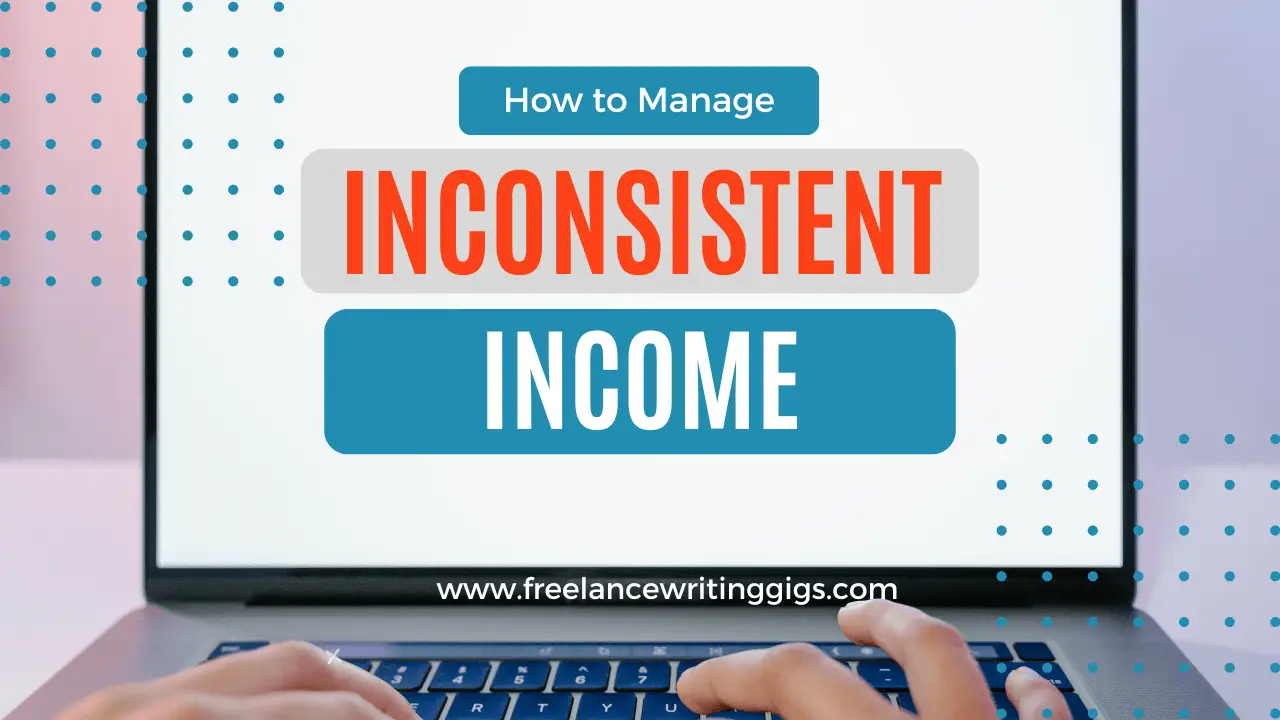For decades, Tesla has thrived because of Elon Musk’s hype machine. That may finally be coming to an end
When Elon Musk first drove a prototype of a Model S out from behind a curtain in 2009—telling the crowd they were looking at what would become the first affordable, mass-produced electric car—it was actually a hacked-together Mercedes with modified body panels. Behind the curtain, engineers pumped ice water over the battery so the car could keep going. The car wasn’t ready to drive, but Tesla started taking customer deposits and using the demo to push for more investment. It’s one in a long series of examples of the company hyping a new product early because it was desperate to raise more money to keep going—and to boost the image of Musk as a visionary leader, able to build something that other car companies couldn’t. Musk “didn’t understand the business he was getting into,” says Edward Niedermeyer, author of Ludicrous: The Unvarnished Story of Tesla Motors, a 2019 book that documents the chaos at Tesla. “He had to come up with a big new hyped thing to raise the money to pay off the last promise. It got them on something very common for Silicon Valley startups, the fundraising treadmill. That fueled this decade-long, spiraling sort of confidence game. Part of the game is that the stakes have to get raised every time.” (Tesla didn’t respond to a request to comment for this story, but also didn’t say that the book was inaccurate when it was published.) Musk’s role at the so-called Department of Government Efficiency is the latest example of raising the stakes, Niedermeyer says. Elon Musk (in driver’s seat) and Tesla chief designer Franz von Holzhausen (in passenger seat) at the Model S unveiling. March, 2009. [Photo: Robyn Beck/AFP/Getty Images] Musk invested in Tesla in 2004 with money he’d earned from selling two internet startups. Tesla’s founders, two Silicon Valley engineers, didn’t have experience in the auto industry either, Niedermeyer writes. But they had the idea that using lithium-ion batteries could make electric cars viable. They also believed that by making a desirable, high-end electric sports car, they could make enough money to fund a more affordable mass-market version (Musk later presented the strategy as his own in a blog post about Tesla’s “secret master plan.”) At a shareholder meeting in 2016, Musk admitted that the startup had “had no idea what we were doing.” They originally planned to modify an existing sports car, which another company would build. But they kept making more and more changes, driven in part by Musk’s desire to make the car sexier. No one understood how much the customization would cost, or exactly how much cash the company was bleeding. The prototypes had multiple problems. When Google founders Sergey Brin and Larry Page tested one of the cars, it couldn’t go more than 10 miles an hour because of a bug. When the startup was closing its Series D round of funding, in 2007, the team told investors that the Roadster would cost $65,000 to produce; auditors found that it would actually cost $200,000, far more than the price of the cars. More chaos ensued, including Musk pushing out one of the company’s original founders, and engineers scrambling to bring down costs and to solve last-minute problems with the design. When the cars finally started getting delivered to customers in 2008, they still had multiple flaws. Musk, who then took over as CEO, operated on the principle that the end justified the means. He used customer deposits, for example, to keep Tesla running. At one point, he announced that the company had closed a $40 million debt round before it had actually happened; later, he said that the company was going to get a massive loan from the DOE before Tesla had successfully applied. The company kept going in part because of luck. In California, for example, the state’s requirement for other car companies to buy zero-emission vehicle credits gave a Tesla much-needed source of cash. (Now, it offers less revenue, because other car companies have EVs of their own and don’t need to buy as many credits.) Larger car companies, including Daimler and Toyota, made deals with Tesla because they saw it as innovative. The DOE loan helped the company start a battery factory with Panasonic, and finish building the Model S, which went to market in 2012. Later, as the pandemic temporarily boosted the auto market, Tesla finally looked like it could be profitable—but that trend has turned around now as sales have dropped. All along, as the company needed more cash from investors or if Musk wanted to inflate its share price, he has hyped up new products, feeding the mythology that he’s more innovative than the rest of a stodgy auto industry. The hype for the Model S started long before the first Roadsters had ever been sold. Later came hype for the Model X, its first SUV, which the company repeatedly delayed; it too was filled with problems when it finally came to market. Musk also oversold Tesla’s Supercharger network, saying customers would get free c

When Elon Musk first drove a prototype of a Model S out from behind a curtain in 2009—telling the crowd they were looking at what would become the first affordable, mass-produced electric car—it was actually a hacked-together Mercedes with modified body panels. Behind the curtain, engineers pumped ice water over the battery so the car could keep going.
The car wasn’t ready to drive, but Tesla started taking customer deposits and using the demo to push for more investment. It’s one in a long series of examples of the company hyping a new product early because it was desperate to raise more money to keep going—and to boost the image of Musk as a visionary leader, able to build something that other car companies couldn’t.
Musk “didn’t understand the business he was getting into,” says Edward Niedermeyer, author of Ludicrous: The Unvarnished Story of Tesla Motors, a 2019 book that documents the chaos at Tesla. “He had to come up with a big new hyped thing to raise the money to pay off the last promise. It got them on something very common for Silicon Valley startups, the fundraising treadmill. That fueled this decade-long, spiraling sort of confidence game. Part of the game is that the stakes have to get raised every time.” (Tesla didn’t respond to a request to comment for this story, but also didn’t say that the book was inaccurate when it was published.) Musk’s role at the so-called Department of Government Efficiency is the latest example of raising the stakes, Niedermeyer says.

Musk invested in Tesla in 2004 with money he’d earned from selling two internet startups. Tesla’s founders, two Silicon Valley engineers, didn’t have experience in the auto industry either, Niedermeyer writes. But they had the idea that using lithium-ion batteries could make electric cars viable. They also believed that by making a desirable, high-end electric sports car, they could make enough money to fund a more affordable mass-market version (Musk later presented the strategy as his own in a blog post about Tesla’s “secret master plan.”)
At a shareholder meeting in 2016, Musk admitted that the startup had “had no idea what we were doing.” They originally planned to modify an existing sports car, which another company would build. But they kept making more and more changes, driven in part by Musk’s desire to make the car sexier. No one understood how much the customization would cost, or exactly how much cash the company was bleeding. The prototypes had multiple problems. When Google founders Sergey Brin and Larry Page tested one of the cars, it couldn’t go more than 10 miles an hour because of a bug.
When the startup was closing its Series D round of funding, in 2007, the team told investors that the Roadster would cost $65,000 to produce; auditors found that it would actually cost $200,000, far more than the price of the cars. More chaos ensued, including Musk pushing out one of the company’s original founders, and engineers scrambling to bring down costs and to solve last-minute problems with the design. When the cars finally started getting delivered to customers in 2008, they still had multiple flaws.
Musk, who then took over as CEO, operated on the principle that the end justified the means. He used customer deposits, for example, to keep Tesla running. At one point, he announced that the company had closed a $40 million debt round before it had actually happened; later, he said that the company was going to get a massive loan from the DOE before Tesla had successfully applied.
The company kept going in part because of luck. In California, for example, the state’s requirement for other car companies to buy zero-emission vehicle credits gave a Tesla much-needed source of cash. (Now, it offers less revenue, because other car companies have EVs of their own and don’t need to buy as many credits.) Larger car companies, including Daimler and Toyota, made deals with Tesla because they saw it as innovative. The DOE loan helped the company start a battery factory with Panasonic, and finish building the Model S, which went to market in 2012. Later, as the pandemic temporarily boosted the auto market, Tesla finally looked like it could be profitable—but that trend has turned around now as sales have dropped.
All along, as the company needed more cash from investors or if Musk wanted to inflate its share price, he has hyped up new products, feeding the mythology that he’s more innovative than the rest of a stodgy auto industry. The hype for the Model S started long before the first Roadsters had ever been sold. Later came hype for the Model X, its first SUV, which the company repeatedly delayed; it too was filled with problems when it finally came to market. Musk also oversold Tesla’s Supercharger network, saying customers would get free charging forever and that the chargers would run on solar power. Musk suggested that if there was ever a zombie apocalypse, Tesla drivers could still keep charging. Despite the fact that running a charger fully off-grid would require a huge number of solar panels for each charger, Musk kept claiming that was the plan for years. (The free charging deal went away after the company couldn’t afford it, though Cybertruck users have limited free access now.)
Later, as Google made progress on its self-driving tech, Tesla said it was racing to develop “autopilot” tech. After a driver had a fatal crash using Autopilot, engineers said that they’d wanted to make the system safer, but Musk rejected the ideas because of cost; Musk denied this.
Niedermeyer is now writing a second book focused on Tesla’s pivot to self-driving and AI. “Tesla’s ‘full self-driving’ is the biggest fraud that Silicon Valley has ever seen,” he says, adding that he doesn’t think it’s ever going to happen. Now, as car sales falter because of Musk’s politics, investors are “having to decide, OK, how much do I really believe this?” Niedermeyer says. “Because that’s really what the valuation is coming down to as long as the core business continues to erode.” (The company has also hyped robots that it initially demoed with humans in robot suits; last week, Musk again laid out his grand vision for the Optimus robots, as he told employees to “hold onto their stock.”)
Working in the Trump administration, where Musk can help control the regulators that might slow down self-driving tech, could be seen as another step in Musk’s confidence game. So far, it also seems to be helping some of his other businesses. SpaceX, for example, was facing fines, a lawsuit, and a complaint from multiple agencies, and Neurolink and X were facing investigations. All of those challenges could go away. As with Trump, being part of the government could also help keep Musk out of legal trouble. But as DOGE shows its incompetence, there’s also a chance that it could be where the confidence game ends. The surge in public antipathy for Musk has led to Tesla protests and dropping sales, adding to declines that were already happening in Europe and China.
Tesla stock has dropped so steeply that Musk convinced Trump to stage a Tesla sales pitch at the White House. (Niedermeyer points out that this stunt was typical of Musk’s modus operandi: rather than long-term strategic marketing, Musk is flying by the seat of his pants.) If the stock price does fall far enough and fast enough, Tesla’s founder might finally lose his image as a visionary in the eyes of investors. And in an empire that was built on Musk’s “genius,” that could be disastrous.

















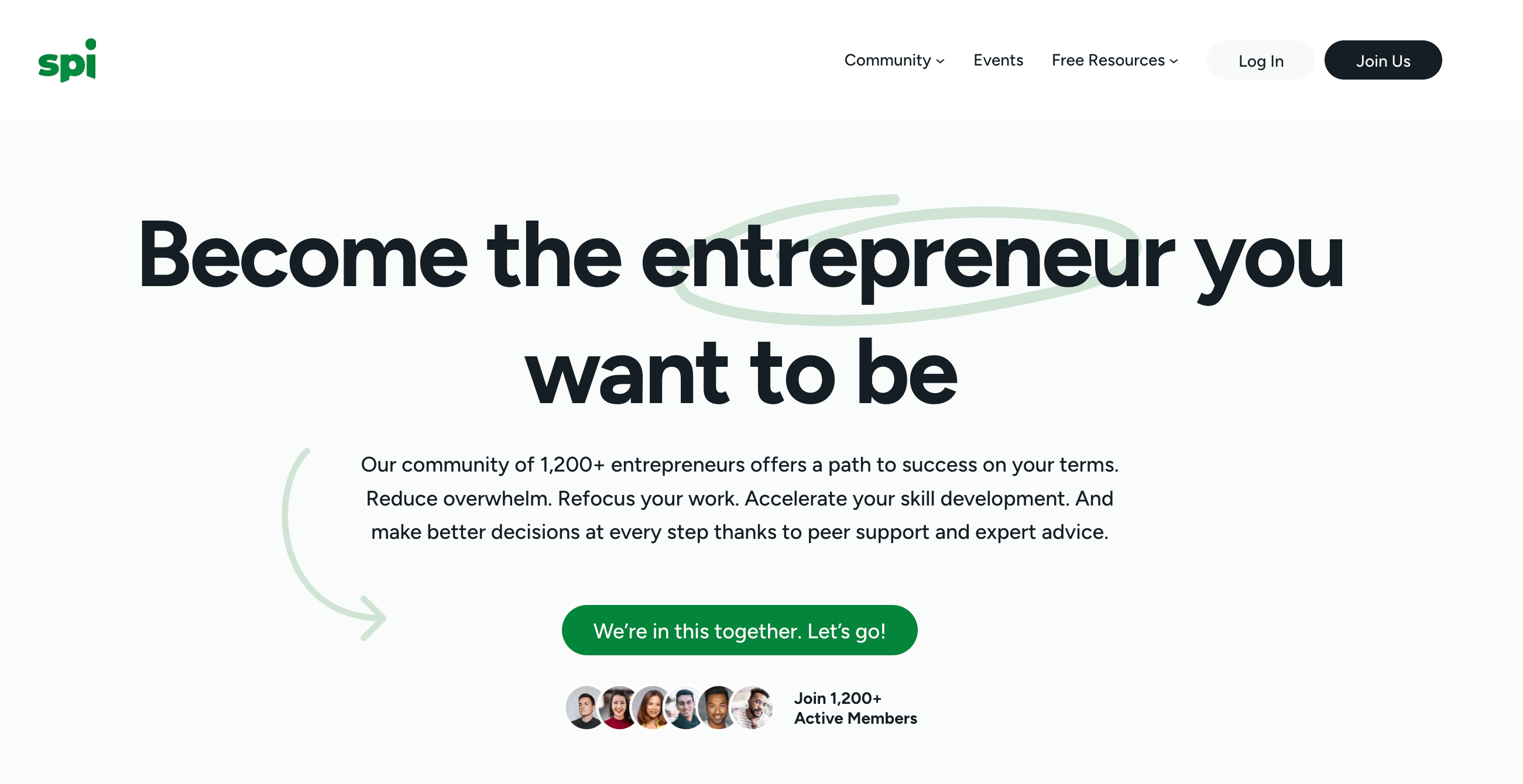

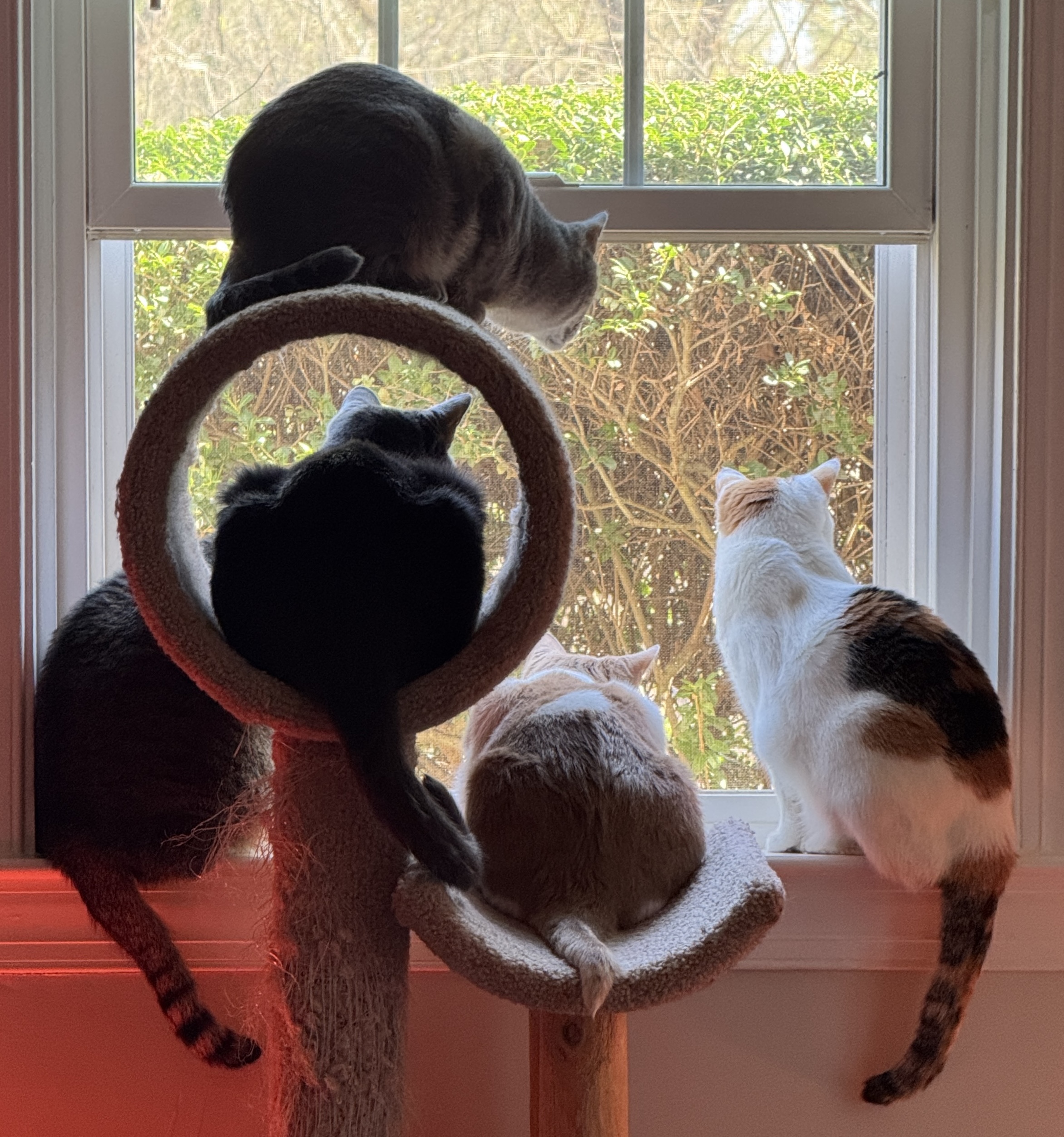



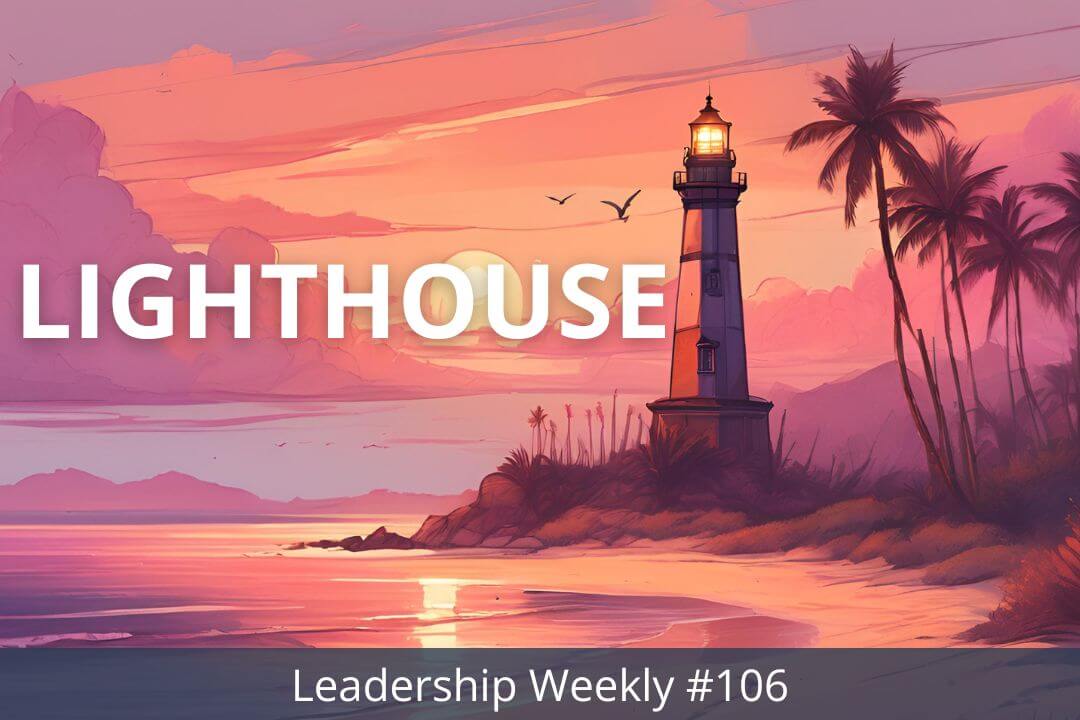

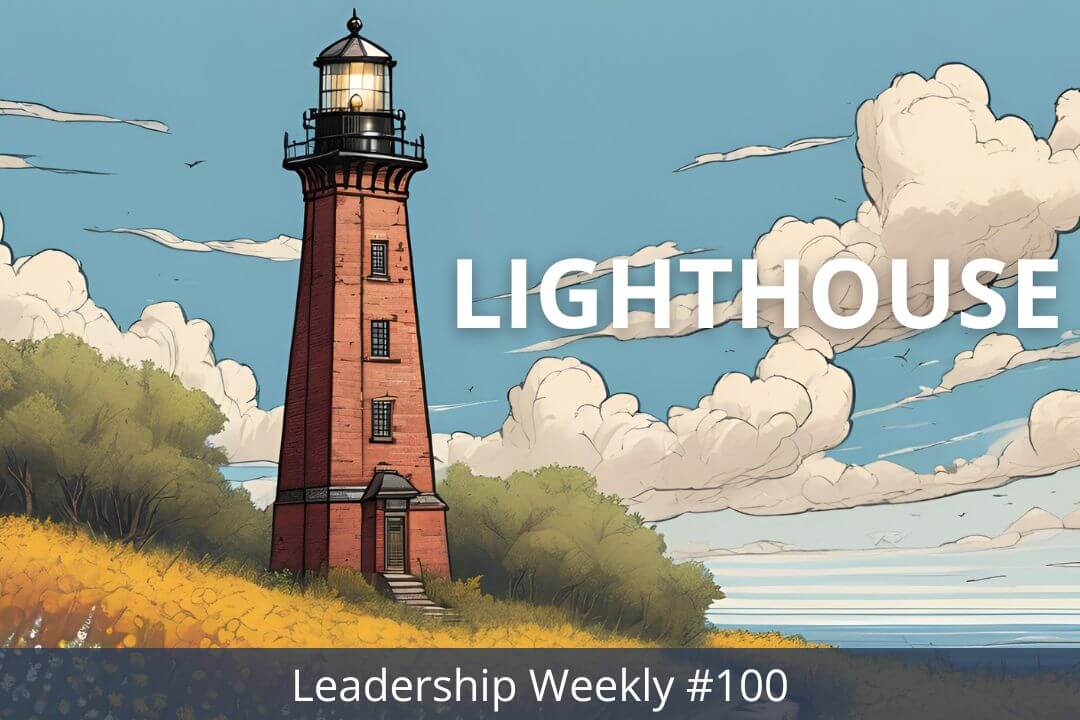
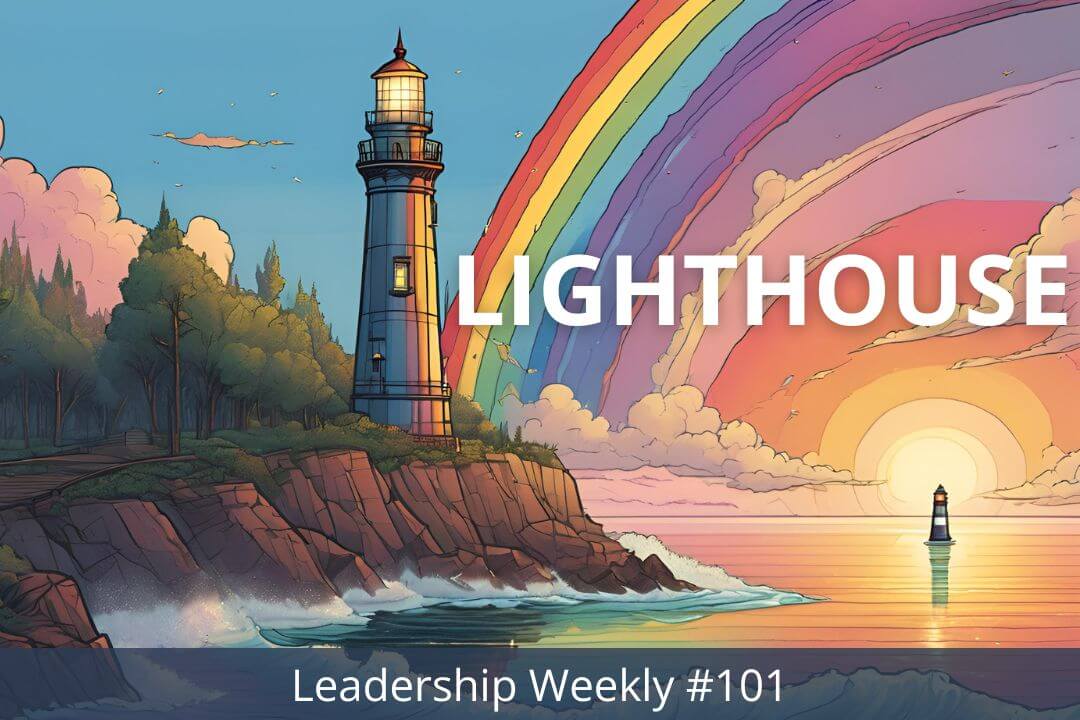

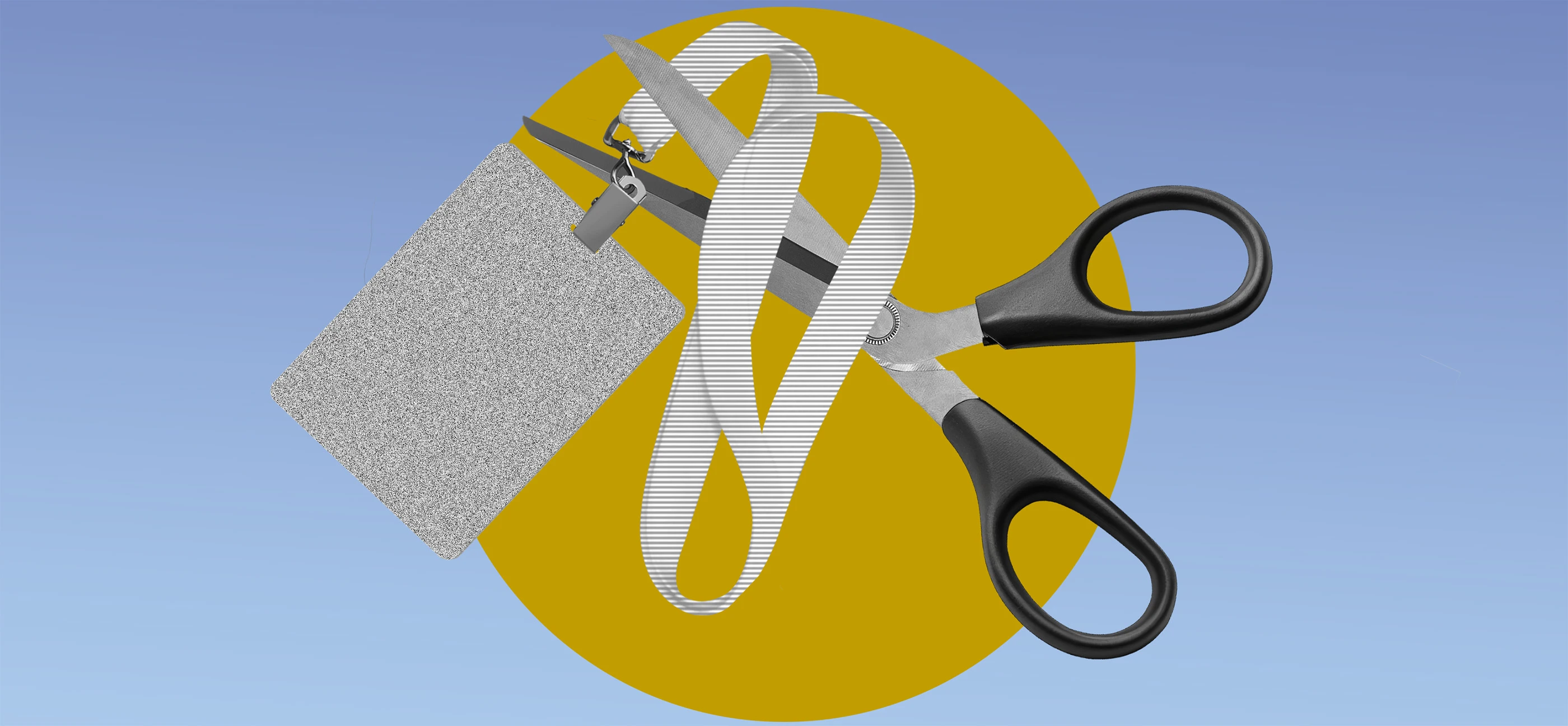












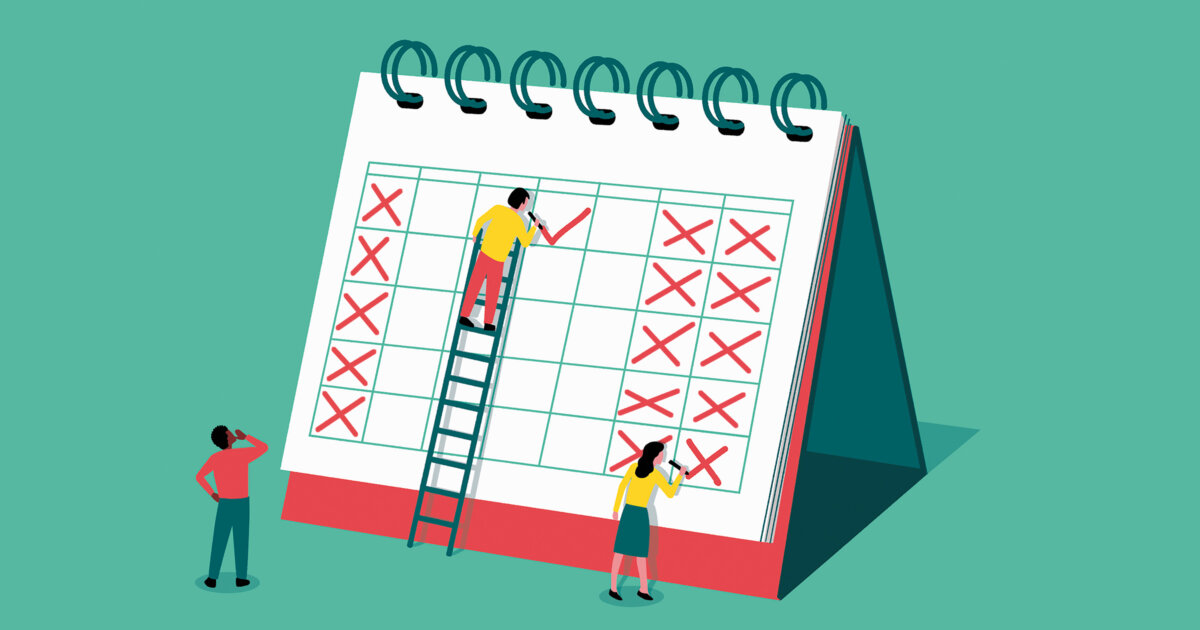

















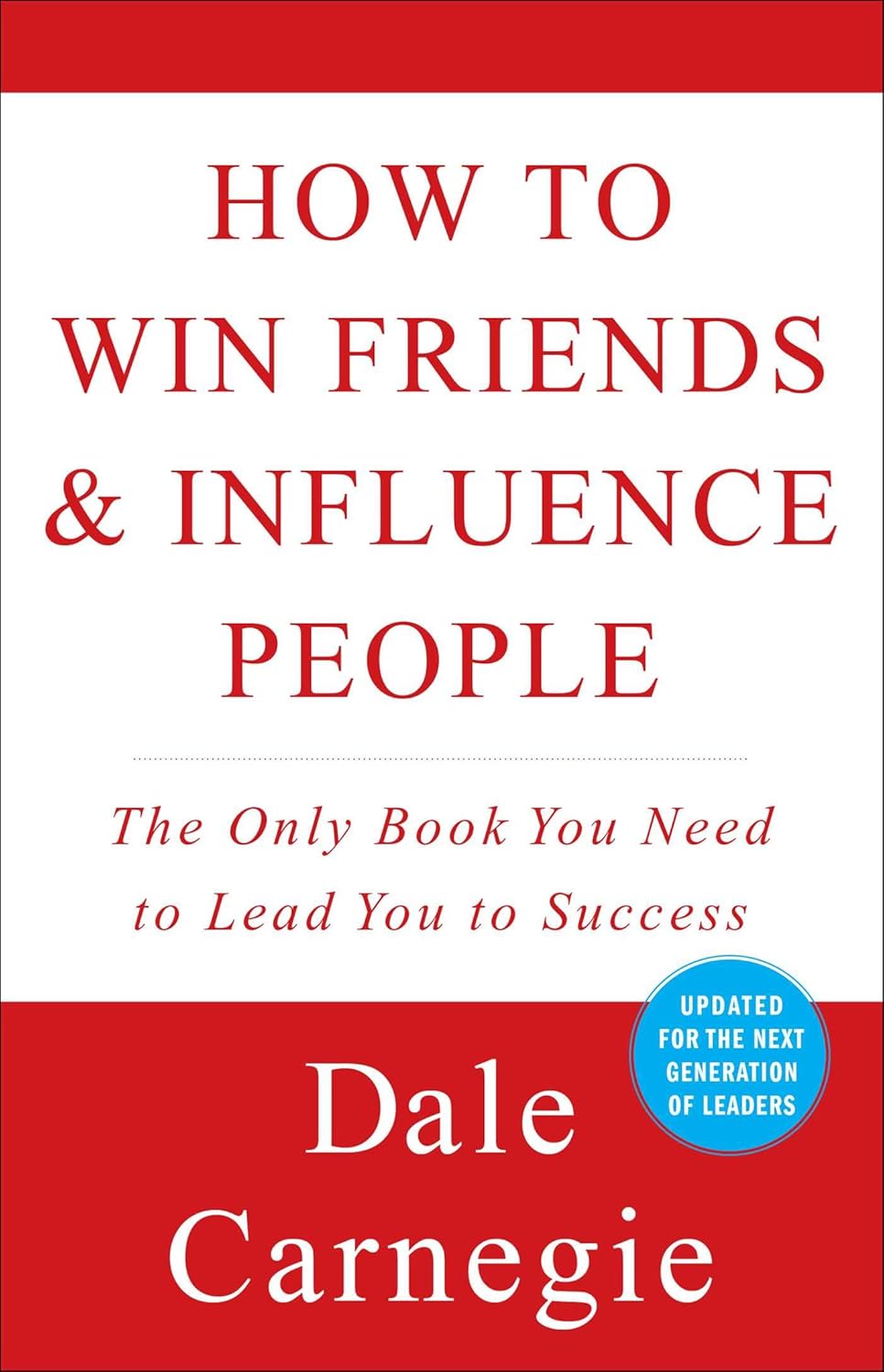
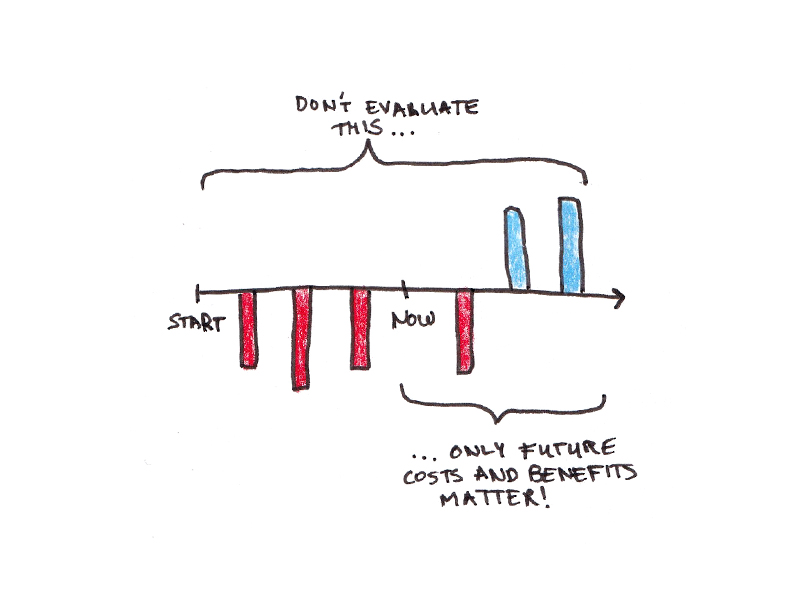
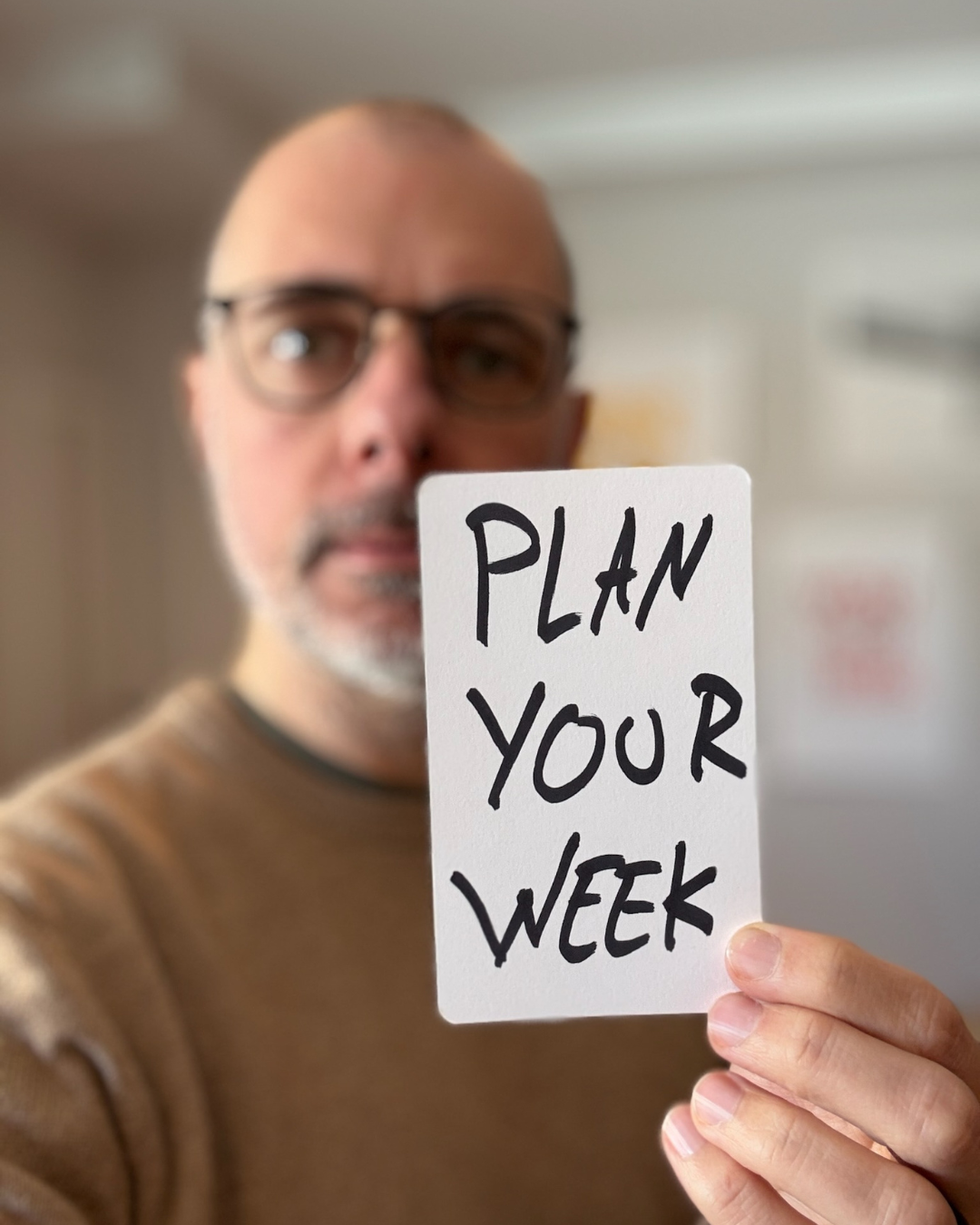
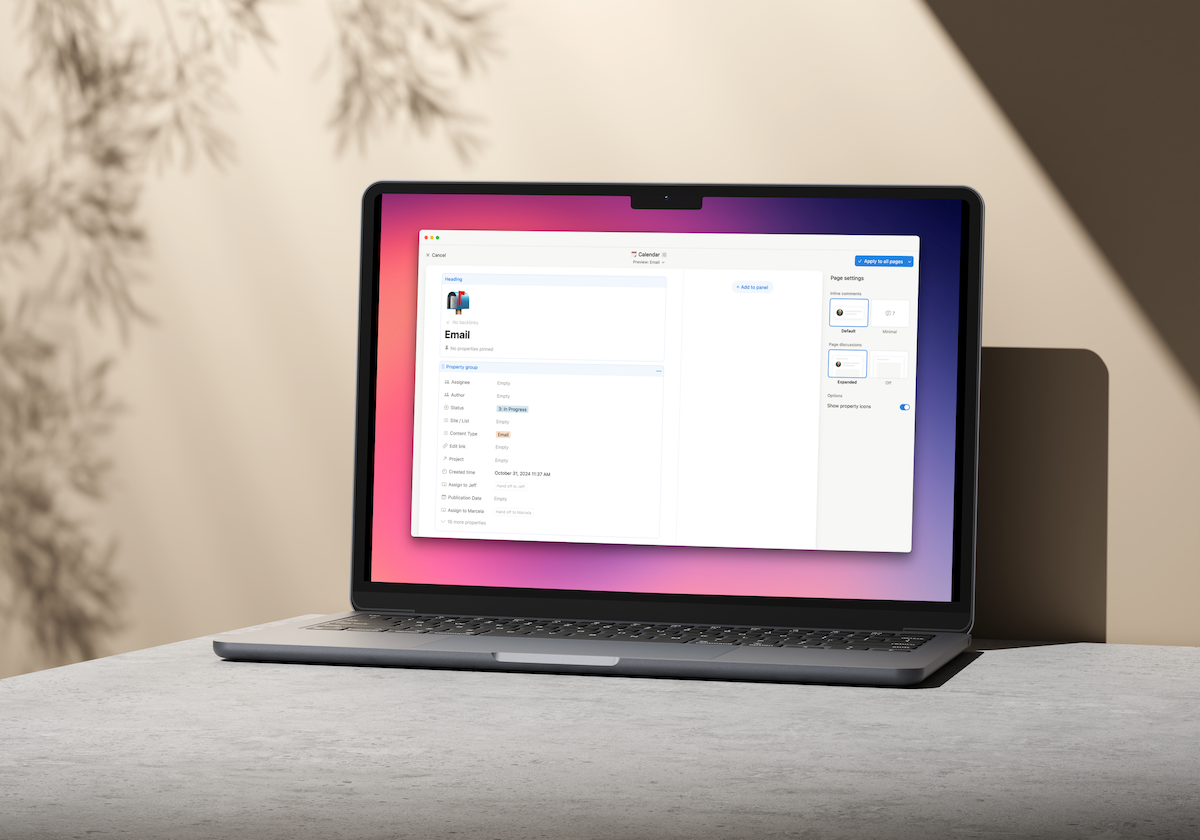










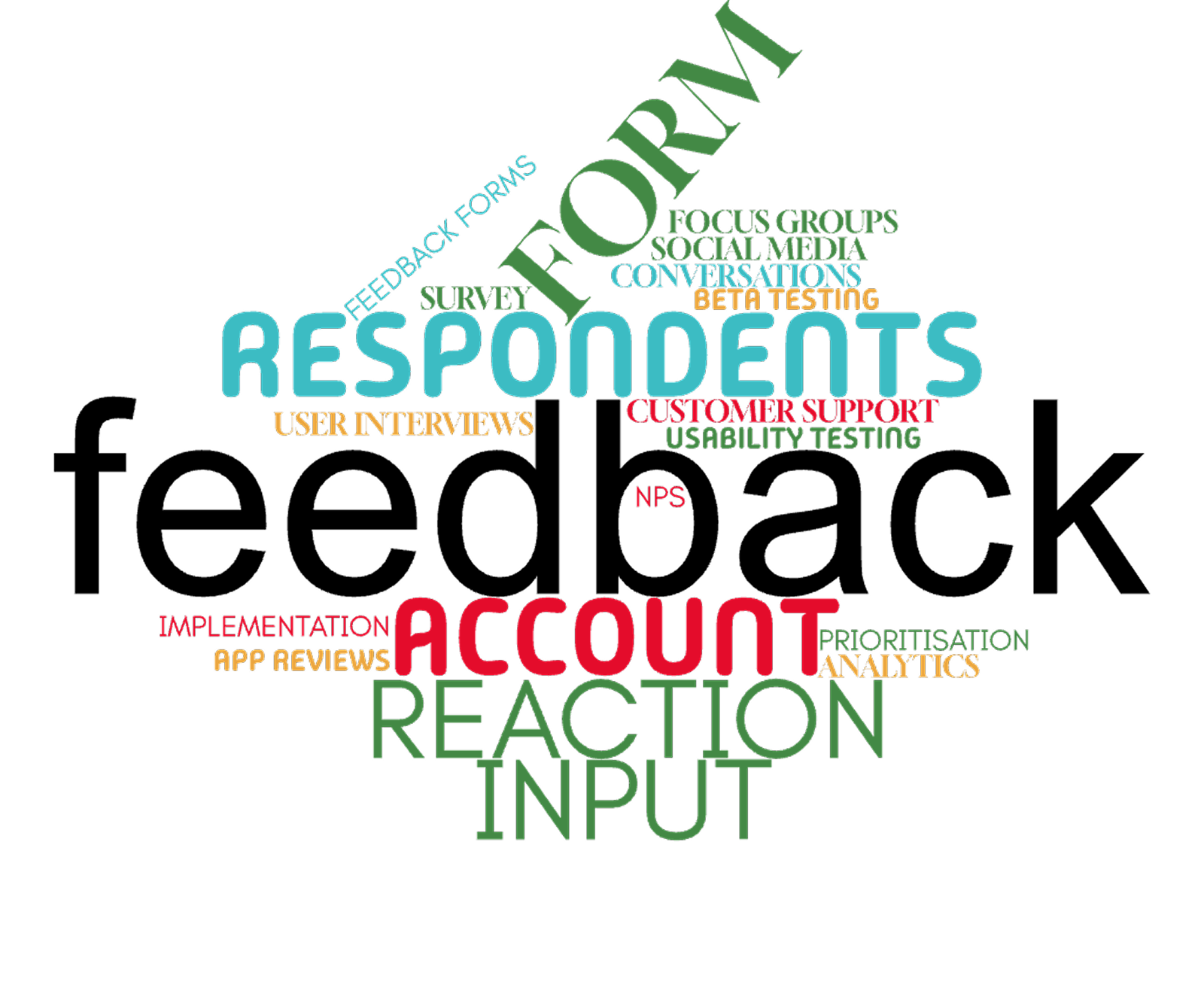
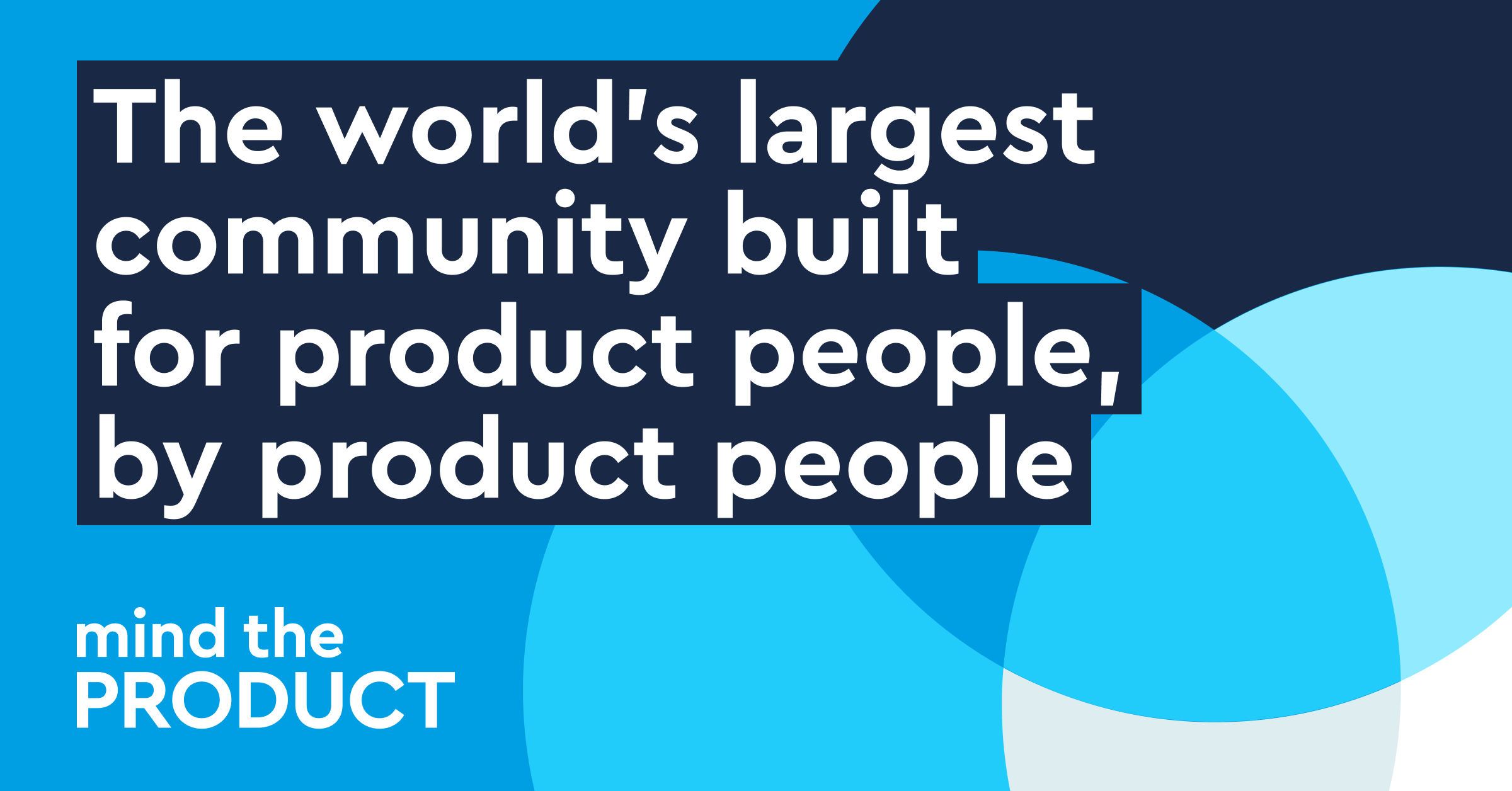
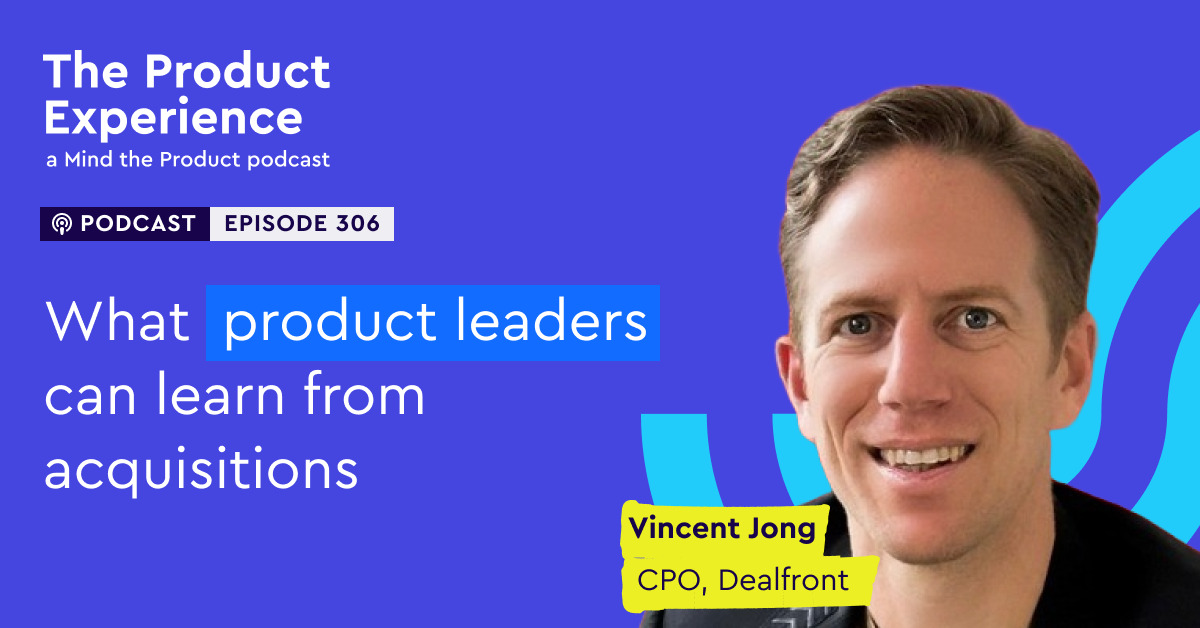

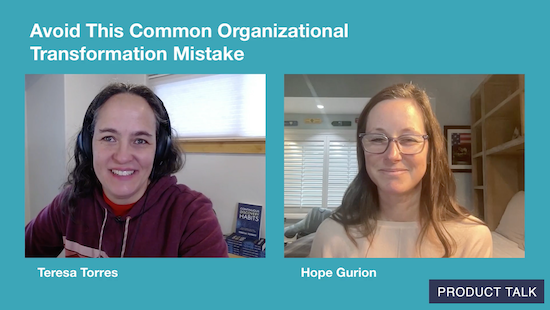
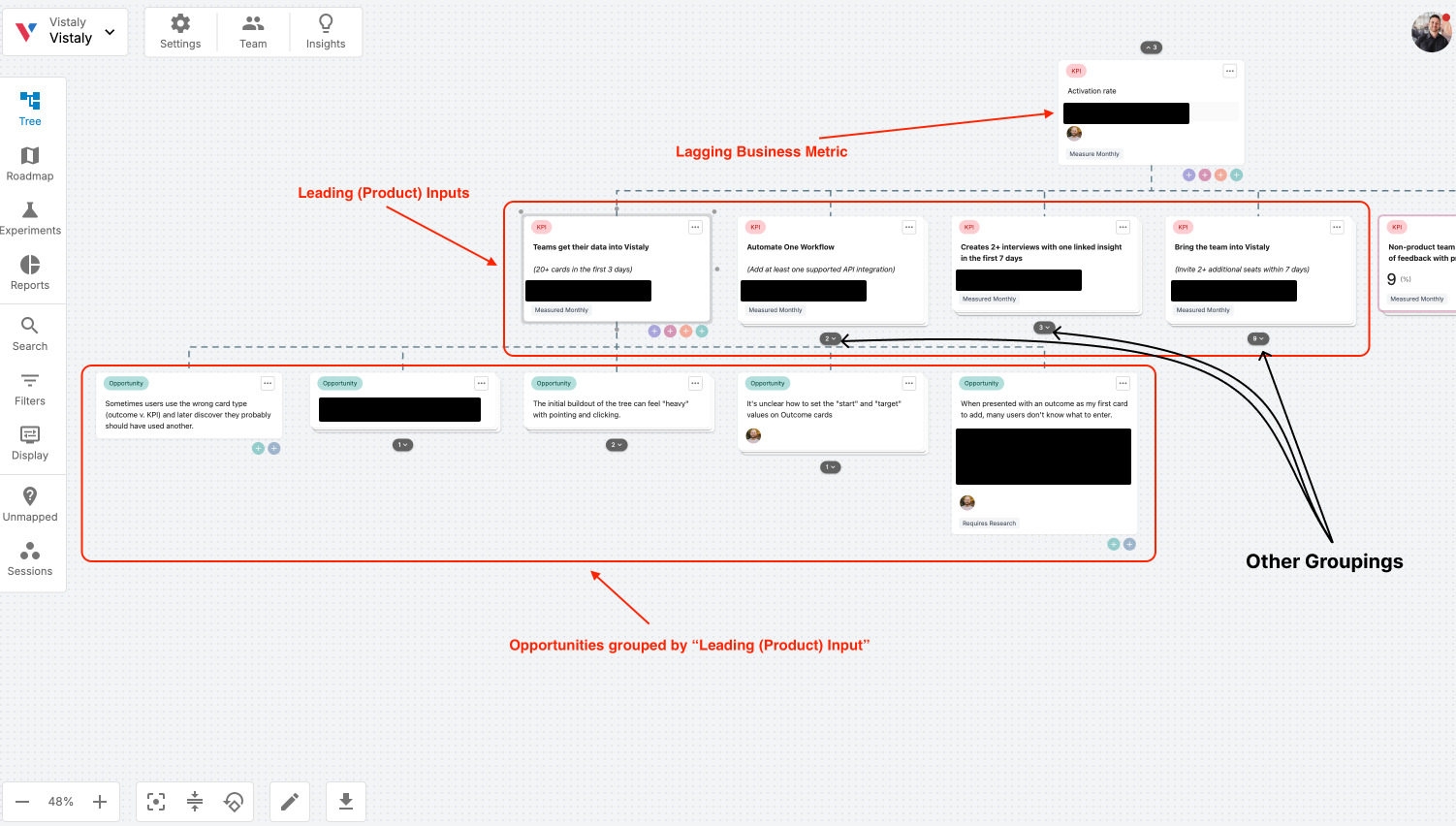
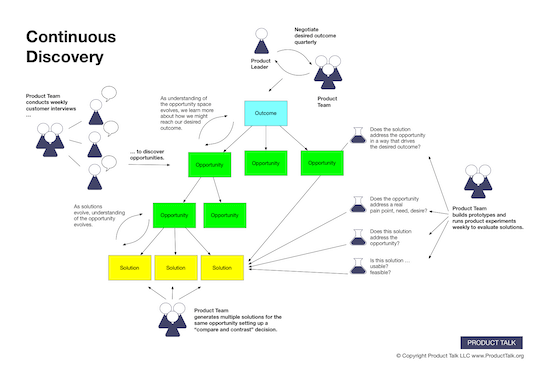
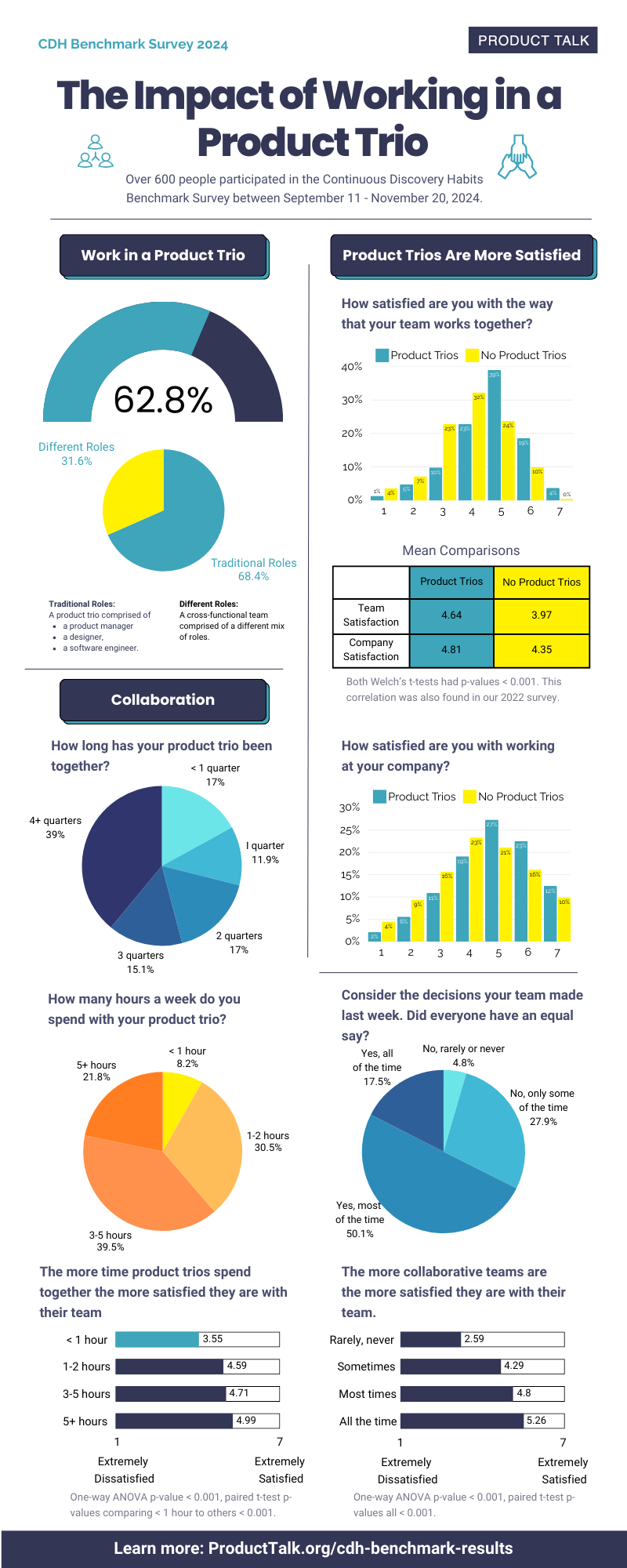



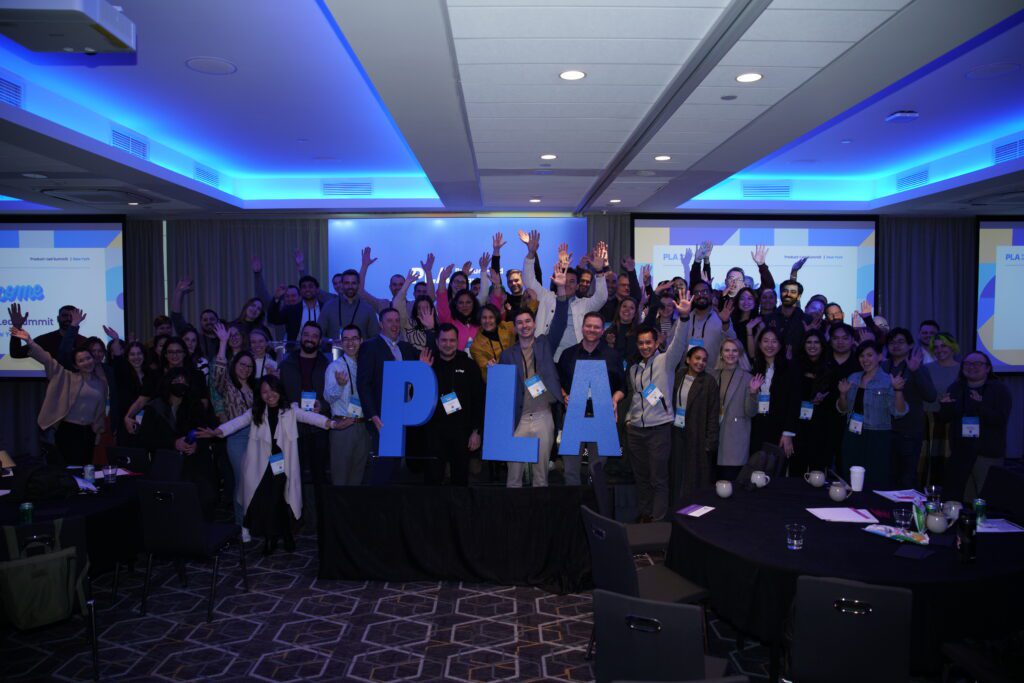







![How One Brand Solved the Marketing Attribution Puzzle [Video]](https://contentmarketinginstitute.com/wp-content/uploads/2025/03/marketing-attribution-model-600x338.png?#)

![Building A Digital PR Strategy: 10 Essential Steps for Beginners [With Examples]](https://buzzsumo.com/wp-content/uploads/2023/09/Building-A-Digital-PR-Strategy-10-Essential-Steps-for-Beginners-With-Examples-bblog-masthead.jpg)

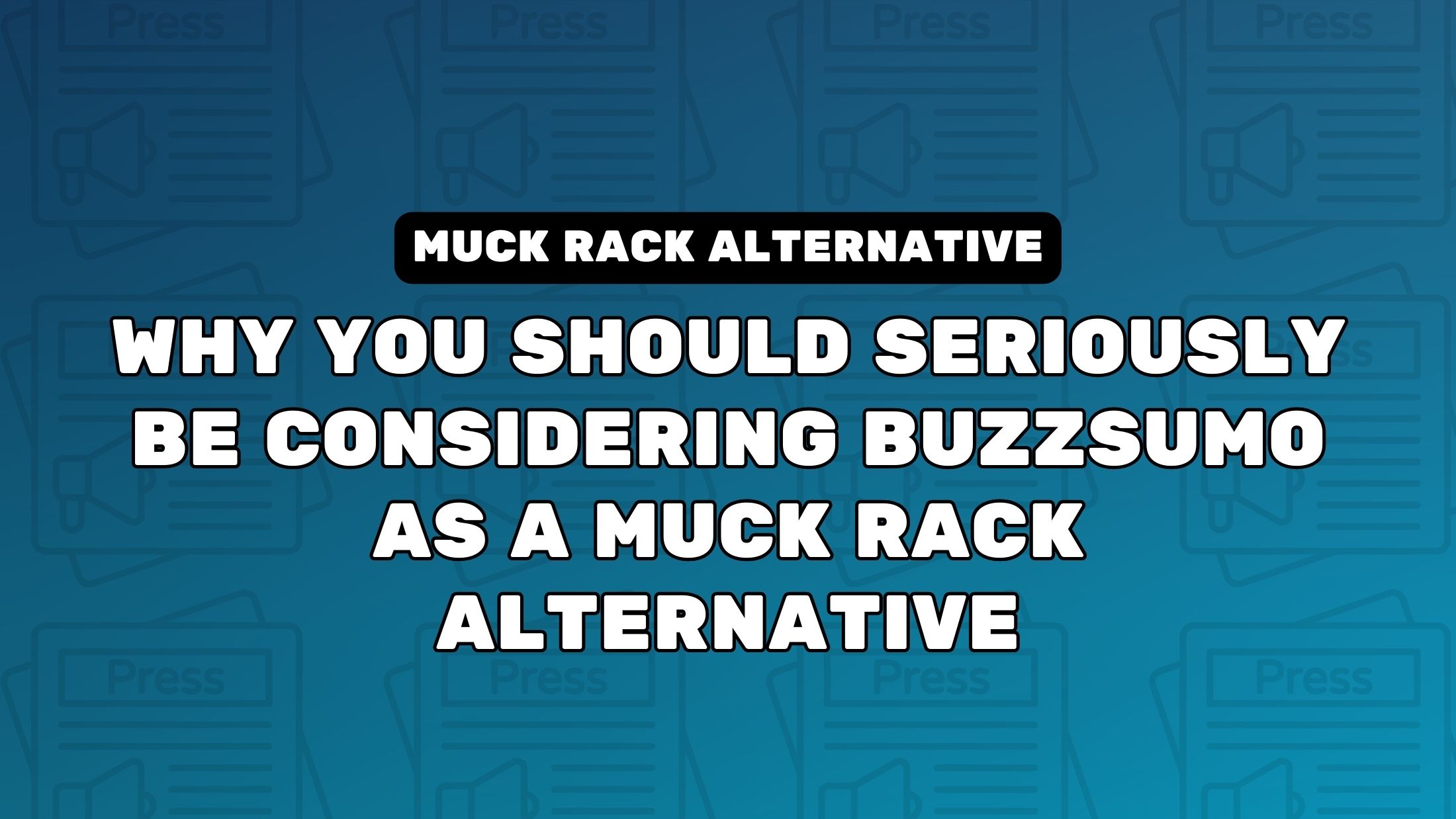
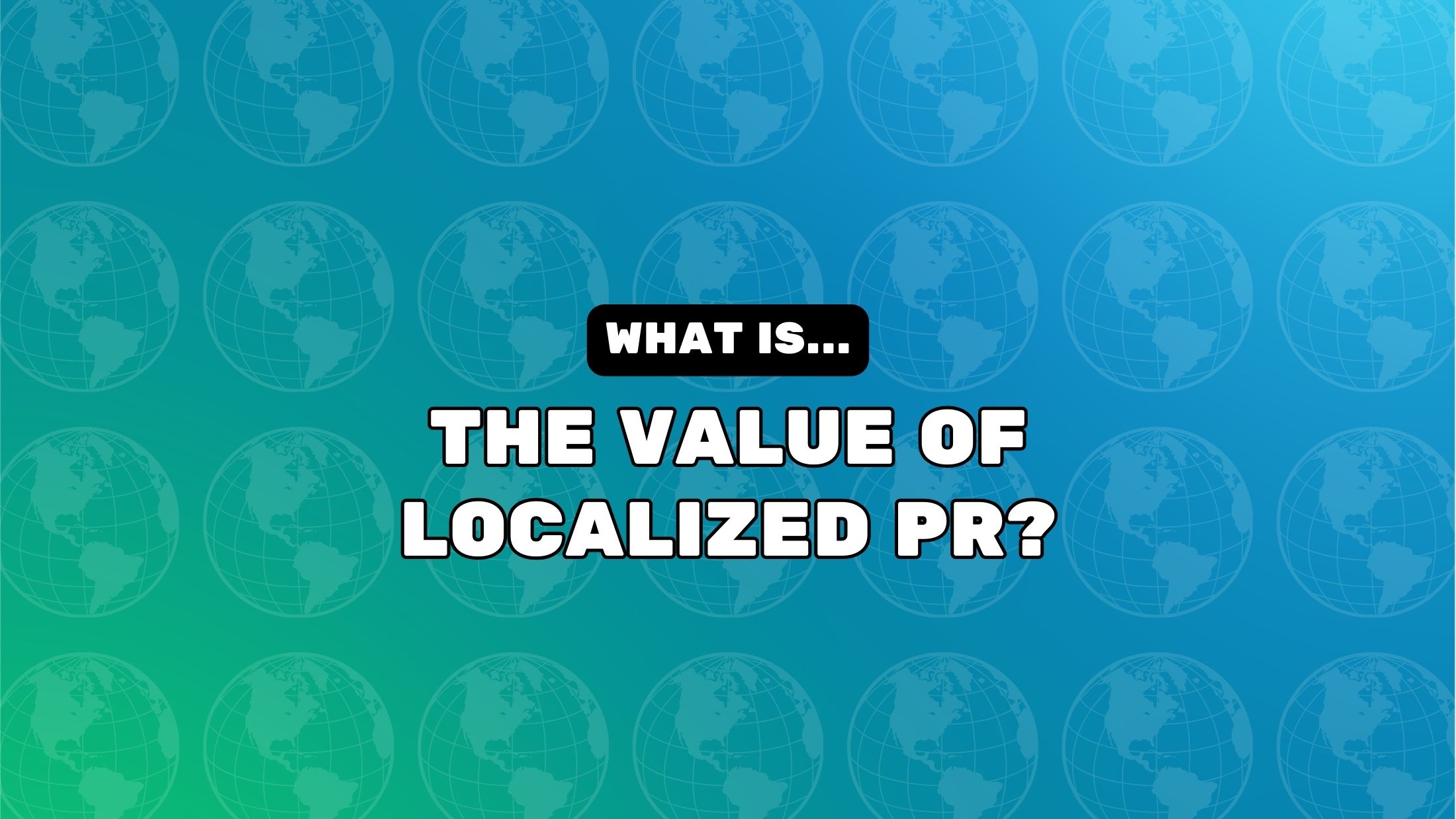







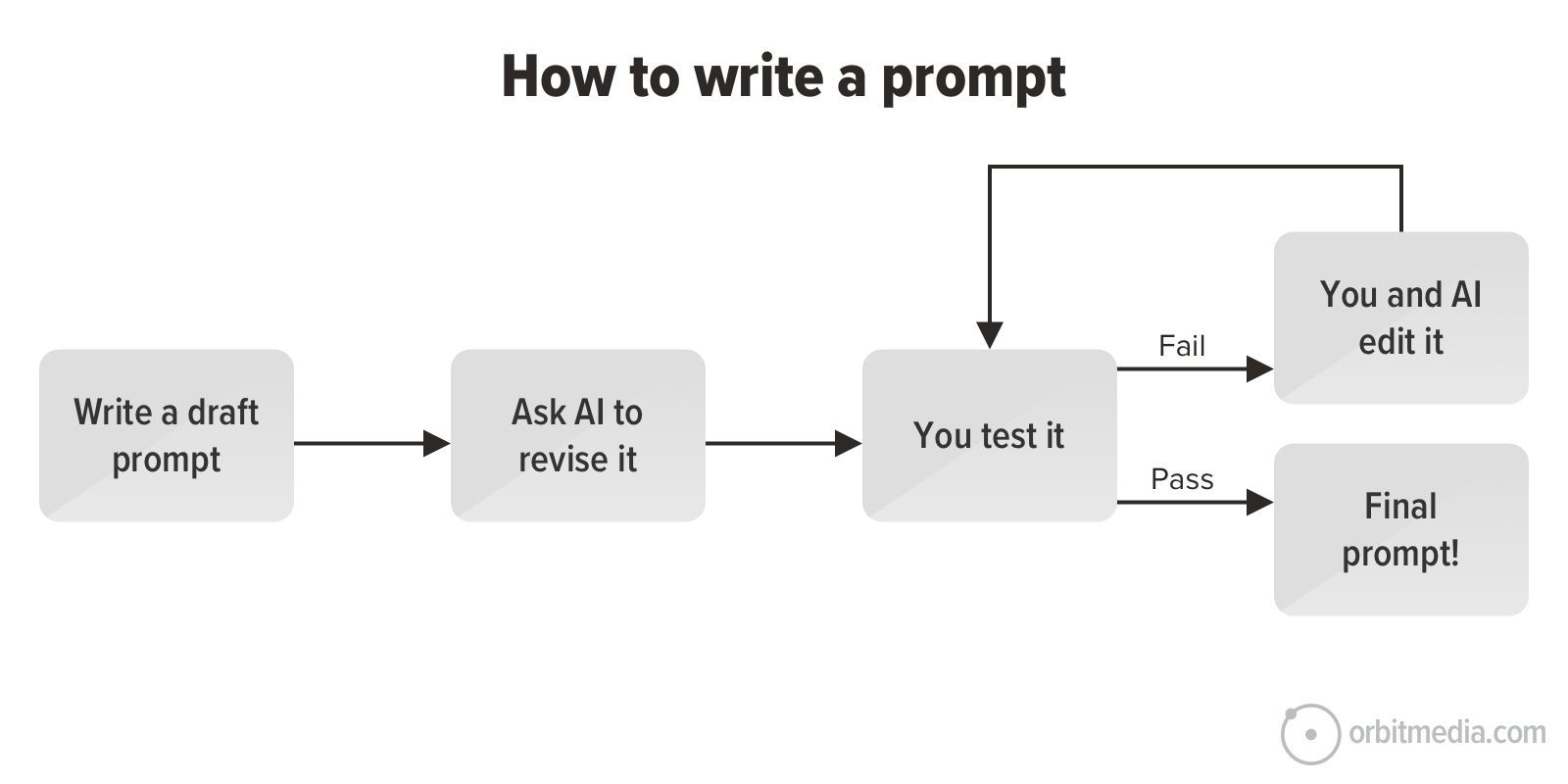
![How to Use GA4 to Track Social Media Traffic: 6 Questions, Answers and Insights [VIDEO]](https://www.orbitmedia.com/wp-content/uploads/2023/06/ab-testing.png)
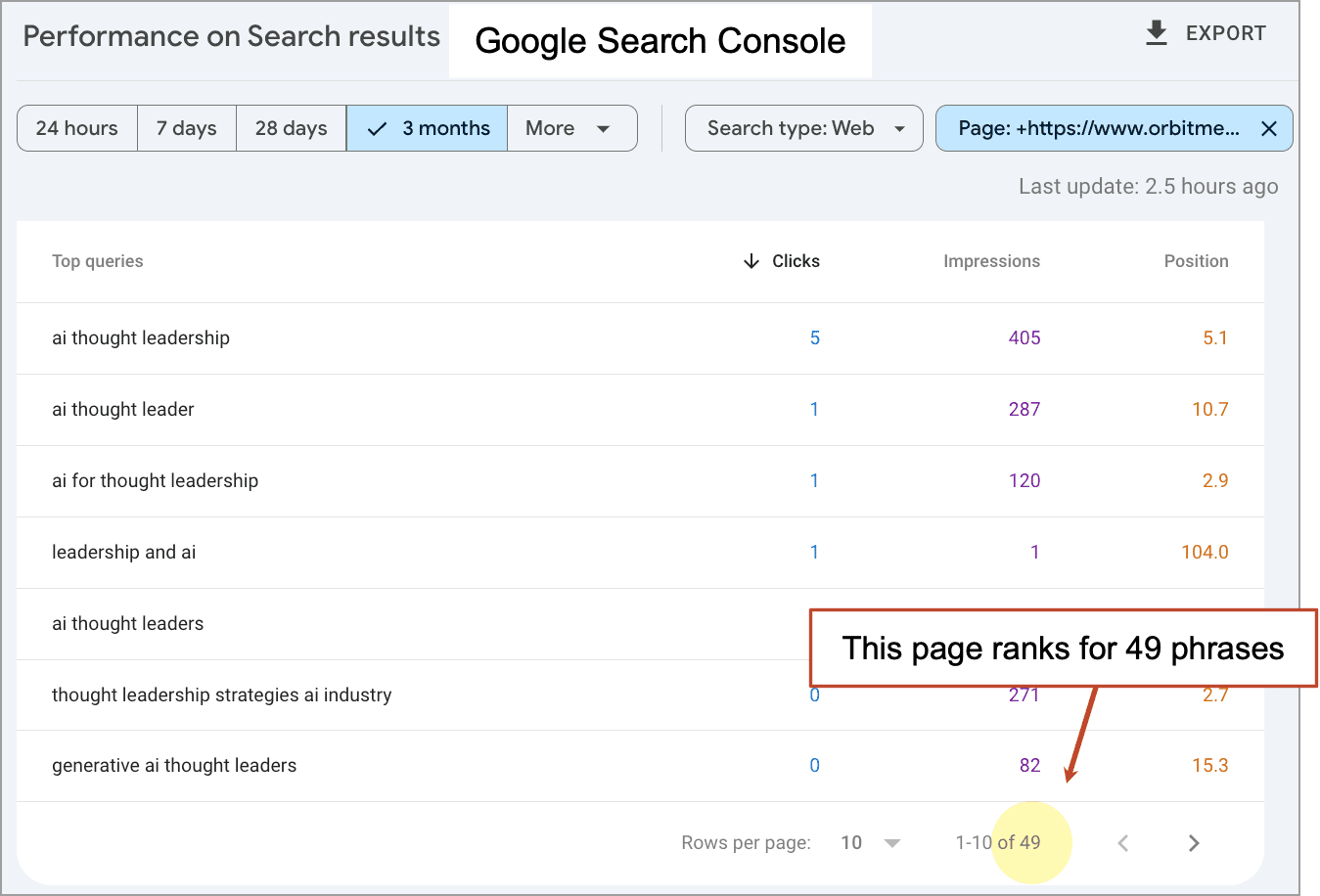



![[HYBRID] ?? Graphic Designer](https://a5.behance.net/cbf14bc4db9a71317196ed0ed346987c1adde3bb/img/site/generic-share.png)


